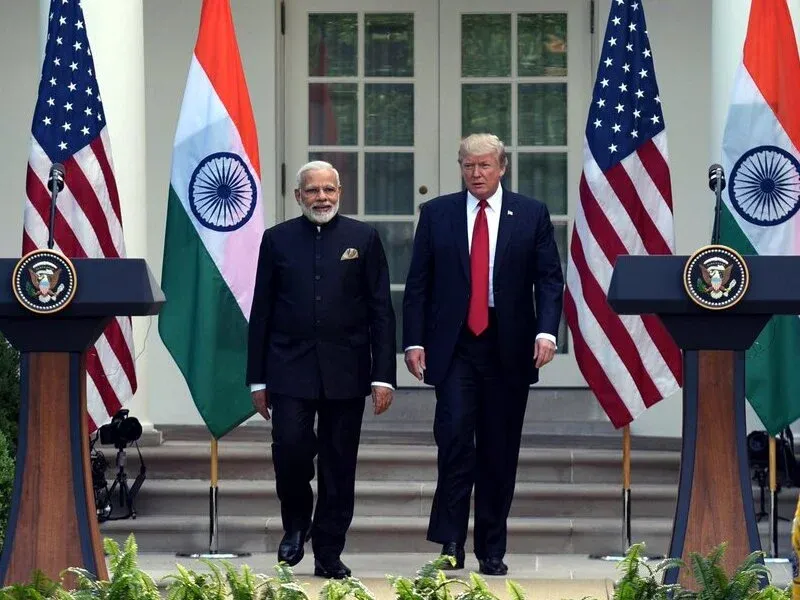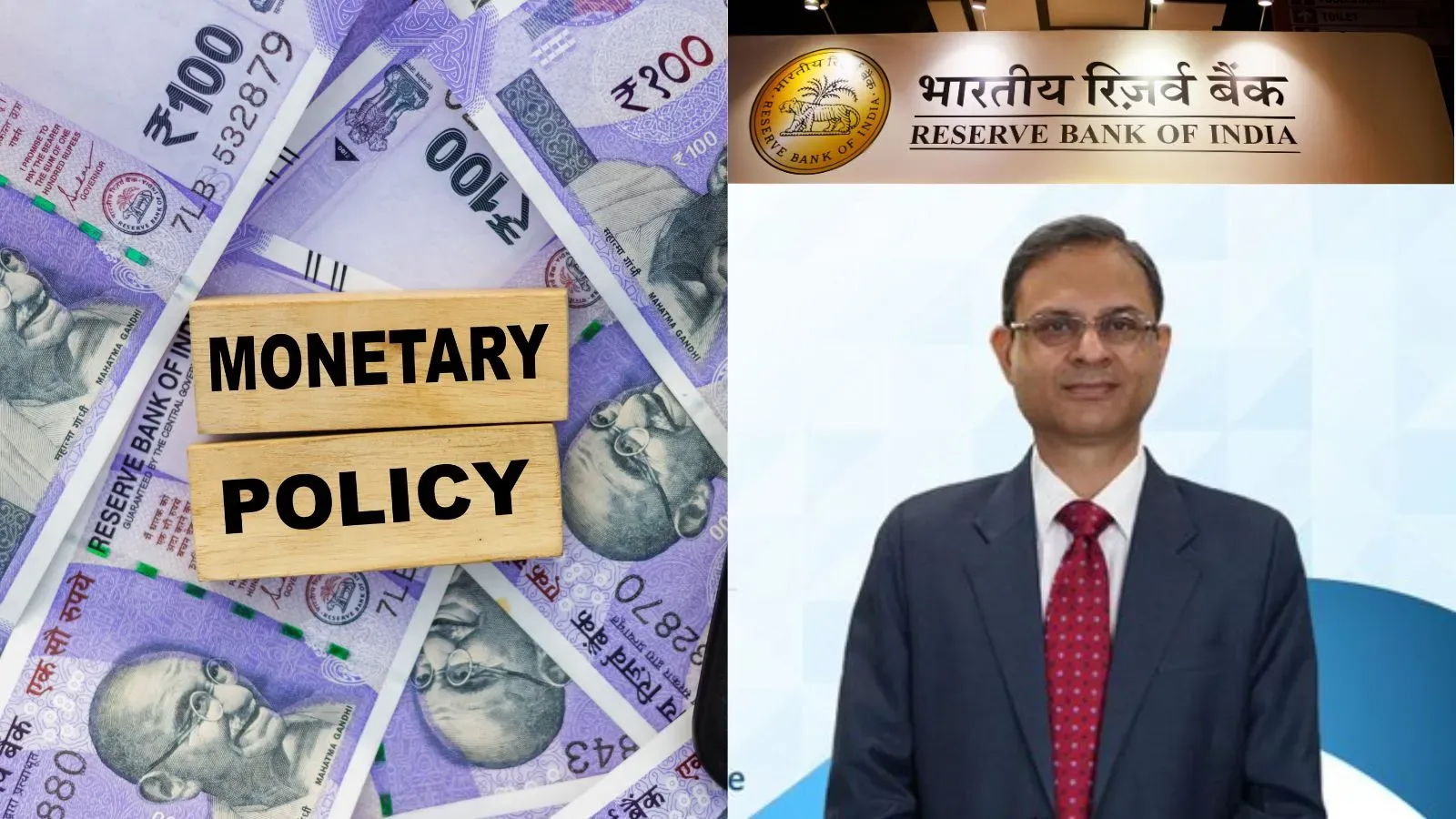Business News
From weaker rupee to H-1B visa hurdle: SBI report breaks down Trump 2.0’s impact on India | 5 key takeaways

5 min read | Updated on November 11, 2024, 21:53 IST
SUMMARY
A report from the State Bank of India (SBI) offers insights into the potential economic impact of a second Trump administration on India.

SBI’s report suggests Trump’s return could revive higher US tariffs, impacting sectors like pharmaceuticals and textiles in India.
Former US President Donald Trump’s return to the White House has sparked a wave of speculations around its impact on India and the global economy. A report from the State Bank of India (SBI) on the potential impact of a second Trump administration sheds light on what India might expect in areas like tariffs, monetary policy, foreign direct investment (FDI), visa issuance, and defence exports.
According to SBI analysts, the “off-the-shelf” policies –from tax to tariff to jobs and war on prices– of Trump 2.0 “would be equally interesting and worth watching”.
“While the potential for increased tariffs, H-1B restrictions, and a strong dollar could bring short-term volatility…But it also presents India with long term incentives to expand its manufacturing, diversify export markets, and enhance economic self-reliance,” the report noted.
Here are the key takeaways from the SBI report on Trump 2.0 impact:
"A reduction in trade benefits or the imposition of tariffs could pressure profit margins, prompting Indian companies to explore alternative markets or invest more in domestic markets to offset US market risks," the report said.
It is also, however, likely that India will reap benefits of its comparative advantage over China under Trump 2.0, it added.
“During the Trump 1.0, rupee depreciated by 11%, less than it depreciated during Biden term,” it noted.
A stronger dollar could lead to short-term depreciation of the rupee, but the report emphasised that this would likely be modest, around 8-10%, in line with historical trends. A weaker rupee could ultimately benefit Indian exporters, particularly in textiles, manufacturing, and agriculture, as their products become more competitively priced on the global stage.
“While a stronger dollar might result in short-term capital outflows for short-term as investors flock to dollar-based assets, on a positive note, a lower rupee might provide an export advantage, potentially boosting revenues in sectors like textiles, manufacturing, and agriculture,” the report said.
“India is no longer dependent on the traditional sources of FDI inflows… unlike the recent past, FDI is now coming in many new sectors like non-conventional energy, sea transport, medical and surgical appliances, etc.. This trend could continue thus offsetting the possibility of decline in FDI flows in traditional sectors in Trump 2.0 if any,” the report says.
This could force Indian IT companies operating in the US to hire more American workers, increasing their operational costs.
“While Trump’s policies may pose challenges, they also offer India an opportunity to strengthen its own domestic manufacturing through its “Atmanirbhar Bharat” initiative. We may look to accelerate reforms in domestic production, self-reliance, and inward investment,” the report adds.
The challenge, however, is substantial. India’s IT and IT-enabled services sectors could face temporary setbacks in securing talent mobility for their US operations, though this may push companies to allocate resources towards higher investments in workforce development at home.
"A Trump administration, historically supportive of India’s defence aspirations, may strengthen these ties, particularly in the Indo-Pacific region. Continued defence collaboration could drive technology transfers, investments in defence manufacturing, and joint ventures, all of which could add value to India’s economy," the report says.
By signing up you agree to Upstox’s Terms & Conditions
About The Author
Next Story

